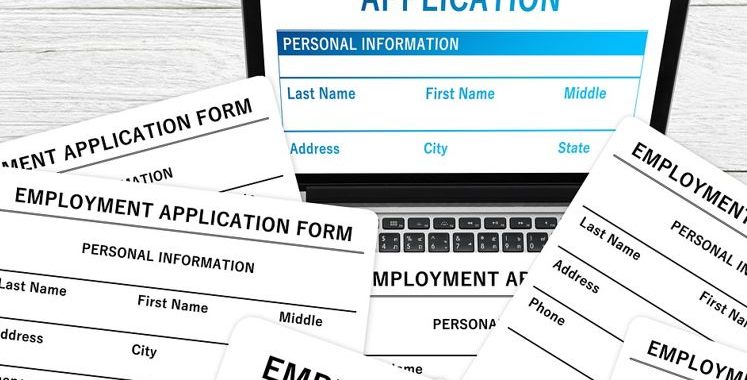For the self-employed in the US, you are the business. Every day you feel unwell and can’t go to work is a day when no income is generated.
Of course, that isn’t true for every self-employed individual. You may have staff who can continue working and generating income without you, so a day or two absences won’t matter too much.
But what if your illness or injury is more significant, and the period you will be unable to work could be several weeks or even months!
It won’t happen to me
Maybe you’ve always maintained good health so a scenario like that will never happen to you?
Maybe.
And maybe not. Up to a third of US, workers have a period during their working life when they are unable to work for three months or more.
How would three months of no income affect you and your family?
This takes us back to the question of whether Income Protection is worth having if you are self-employed.
What is Income Protection Insurance?
If you suffer from any illness or injury that stops you from working, you will receive a monthly payment until you are able to return to work.
There will be a stand-down period before you can claim, e.g., 4 weeks. A waiting period of 13 weeks may halve the cost of the insurance, but if you are off work for 12 weeks only, you would receive nothing.
On the other hand, most policies will keep paying right through to age 65. Although you can choose shorter payment periods, as little as two years. Again, that could almost halve the cost). Some policies may even pay for longer periods, beyond 65, recognizing that many intend to work longer these days.
Another key benefit of Income Protection insurance is around when payments stop.
If you are considered well enough to return to work, payments will cease.
However, most policies have an ‘own occupation’ definition.
Let’s assume you are a builder and spend 80% of your time doing physical building work, and 20% of your time doing paperwork or marketing duties.
If you suffer a back injury that permanently prevents you from ever doing physical work again, then even though you could return to work and do 100% just paperwork, the insurance company can’t make you. You can continue to receive your monthly payments until age 65 or whatever your payment period is.
You can choose to return to work part-time or even full-time and just do administration work, but that is your choice. If you earn the same amount as your monthly benefit or more, your payments will stop. But if you earned less, perhaps because you aren’t working full hours, the insurance may still pay you a pro-rata payment to top up your earnings.
How much will I get paid?
The amount you are paid may also be increased each year to keep pace with inflation.
The amount you can typically cover varies between a maximum of 50% to 75% of your income.
If self-employed, you may need to be able to show your three most recent years of income and ensure a percentage of the average income across those years.
If you take advantage of various tax deductions to reduce your taxable income, this does not help you with Income Protection, as you can only insure your taxable income.
Like all insurance, Income Protection is worth it if you become eligible to claim. You need to understand your policy and find the right balance between cost, what you would get paid at claim time, and for how long.
If you can ensure a suitable income, and you do suffer some illness or injury that has you off work long-term, then Income Protection guarantees ongoing income that could keep your business going until you can return to work. Alternatively, it enables you to close down the business, but still, receive a suitable ongoing income to pay your everyday ongoing family living expenses.
Corporate Business Solutions provides business analytical, consulting services and strategic tax planning to the owners of small and medium-size business throughout the United States.










